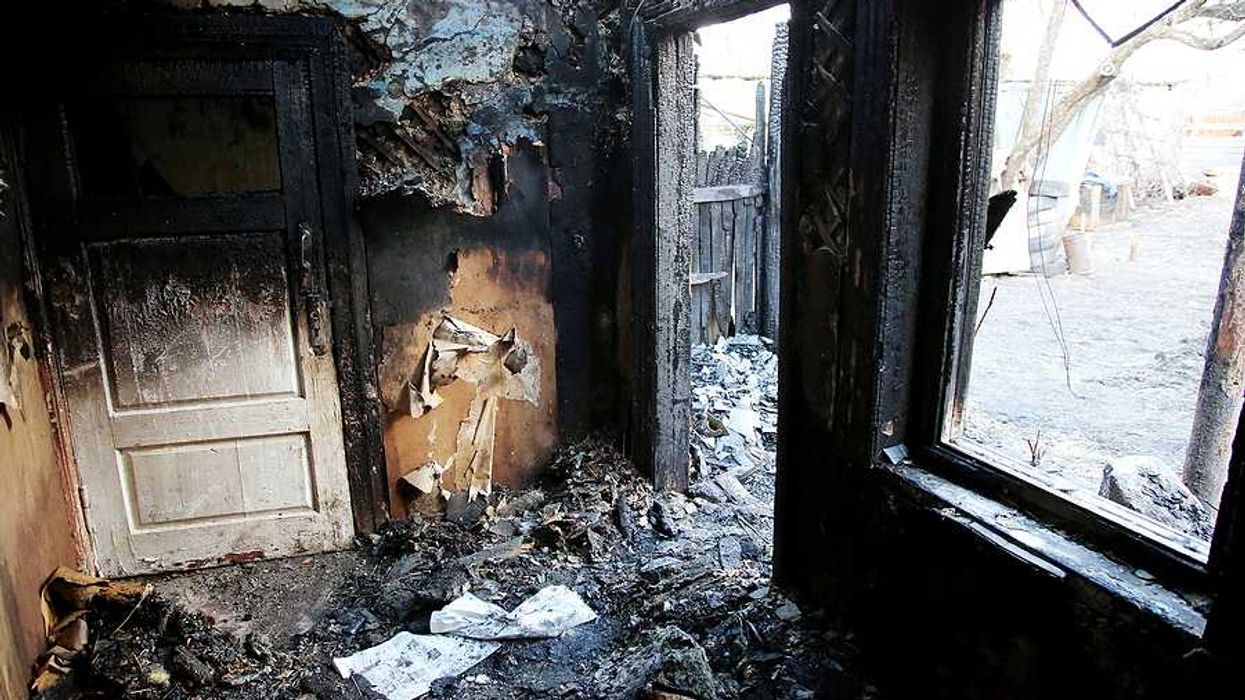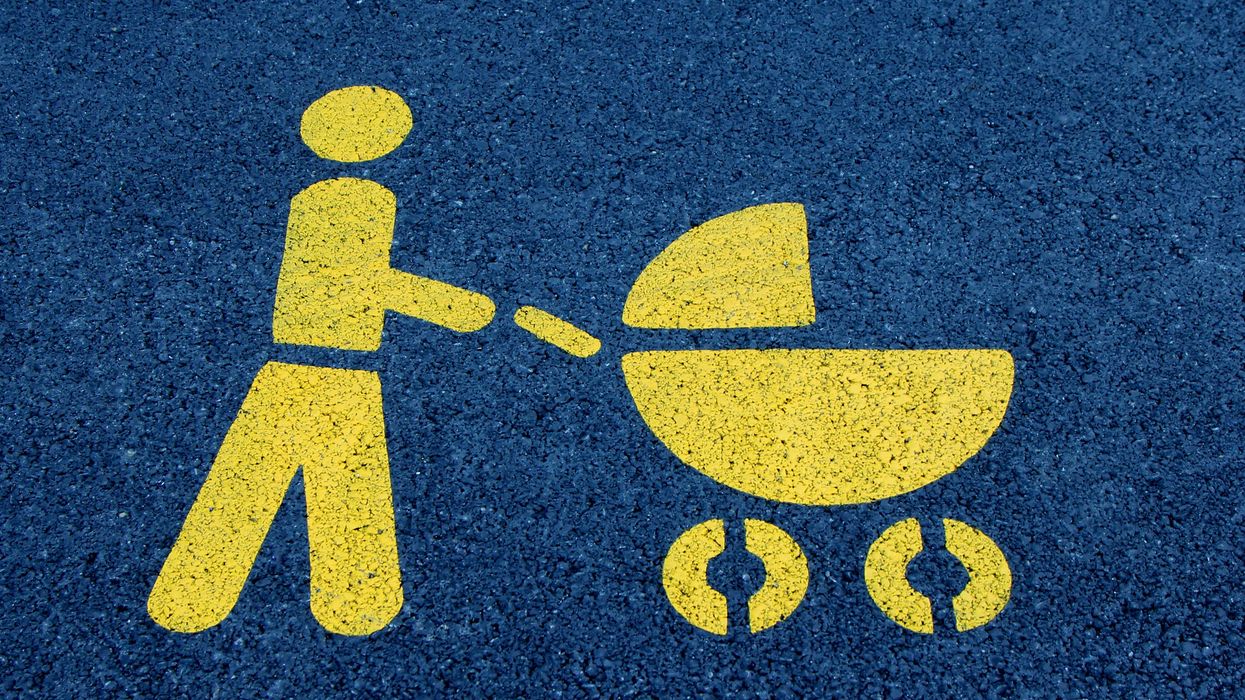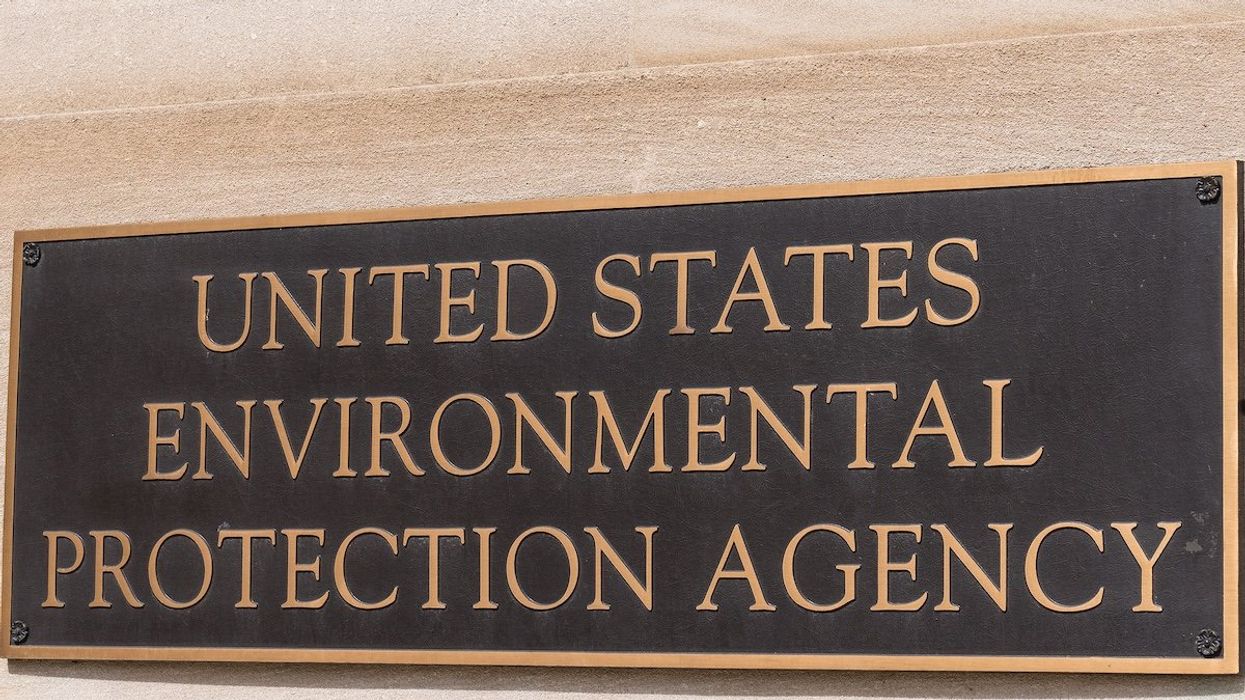Children exposed to high levels of air pollution between the ages of three and six are more likely to experience poor health in adolescence, according to a new UK study.
Tobi Thomas reports for The Guardian.
In short:
- Researchers from University College London followed 9,000 children from birth to age 20, finding those exposed to air pollution early in life were up to a third more likely to report poor health at age 17.
- Children from ethnic minority backgrounds and lower-income neighborhoods were more likely to be exposed to higher pollution levels, highlighting deep and persistent inequalities.
- The study identified a “sensitive period” between ages three and six when exposure had especially harmful long-term health effects.
Key quote:
“The two main takeaway messages of the study are the identification of a sensitive period for air pollution exposure between age three and six years, and the persistent inequalities in terms of exposure among ethnic minority groups and among disadvantaged individuals.”
— Gergo Baranyi, lead author of the study
Why this matters:
Air pollution is a threat that infiltrates the lungs, bloodstream, and even the brain. The idea that exposure during a narrow window of early childhood could shape a person’s long-term health raises serious questions for urban planning, environmental justice, and pediatric care. Kids in poor neighborhoods and communities of color tend to face the worst of it, living near traffic corridors, industrial zones, and other pollution hotspots. For children growing up without the resources to buffer against environmental stress, the damage can be lasting. This study from the UK adds to the growing international evidence that exposure in early childhood has ripple effects into the teen years, demanding broader scrutiny of how pollution is monitored, regulated, and addressed in policy — especially in places where inequality runs deep.














